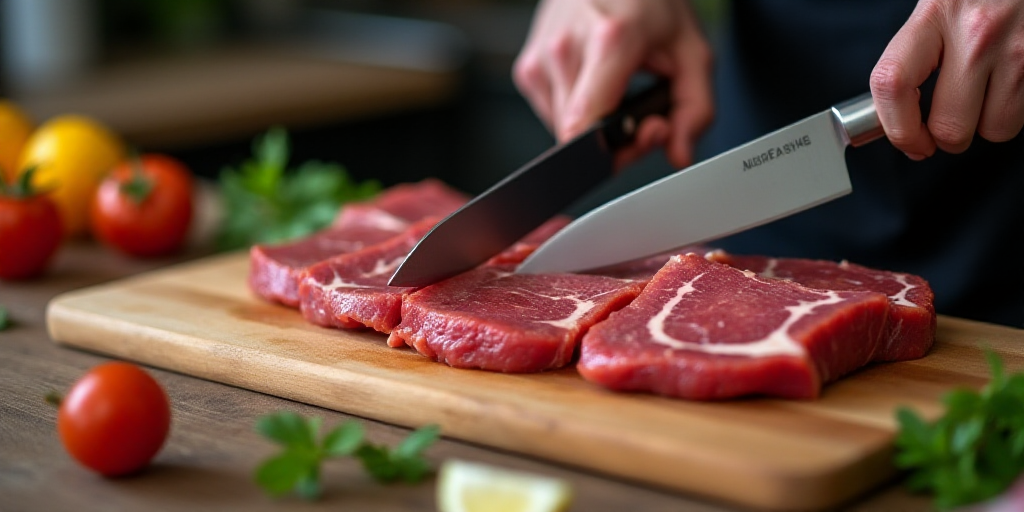Understanding the Nuances of Steak Cooking
In the world of meat, there’s a fine line between ordering a steak and committing a culinary faux pas. What might seem like a minor detail—simply asking for the steak to be well-cooked—can be considered sacrilege by flavor, texture, and the very essence of the cut for some. In an era where grilling has become almost a religious experience and chefs are the authentic priests of fire, knowing the terms of cooking is essential.
We’re not here to judge—well, just a little—but rather to guide. Ordering meat at its perfect doneness is not a passing trend or an elitist act; it’s knowledge, taste, and culture. To achieve this, one must understand the language of grilling.
The Blue Rare (46–49 °C)
Nearly raw on the inside, with only a seared exterior.
- Internal Temperature: 46–49 °C
- Appearance: The center is cold, with a very dark red color that’s barely warm.
- Ideal for: Thicker cuts like rib eye. Those who order this term usually know exactly what they want… or are testing the chef.
The Rare (50–52 °C)
Seared on the outside, juicy and red within.
- Internal Temperature: 50–52 °C
- Texture: Soft, barely resistant to the knife.
- Flavors: The natural flavor of the animal is concentrated. A bold choice highly appreciated in high-end cuisine.
Medium Rare (55–57 °C)
The crown jewel, the favorite of chefs and informed carnivores.
- Internal Temperature: 55–57 °C
- Color: Intense pink in the center, juicy with a light brown crust.
- Recommended for: Beef filet, arrachera, or premium cuts. The ideal balance between texture, flavor, and juiciness.
Medium (60–63 °C)
More cooked, less juicy, but still acceptable.
- Internal Temperature: 60–63 °C
- Texture: More firm, beginning to lose its softness.
- Color: Light pink, more opaque.
- For whom: Those who want to play it safe… although they’re already losing some magic.
Three-Quarters or Medium Well (65–69 °C)
Less recommended if you’re after quality meat.
- Internal Temperature: 65–69 °C
- Flavor: Juices decrease, the flavor of cooked fat increases.
- Texture: Harder, somewhat dry.
Well Done (71 °C or more)
The closest you can get to ruining a good steak without burning it.
- Internal Temperature: 71 °C or more
- Color: Uniformly gray/brown.
- Texture: Hard, dry. No juices, no redemption.
Key Questions and Answers
- What is the ideal steak doneness? The perfect doneness depends on personal preference, the cut of meat, and its origin. However, if you’re paying for a quality steak, it’s essential to respect and honor its inherent qualities.
- What temperature should I aim for? For quality cuts, consider these guidelines: Blue Rare (46–49 °C), Rare (50–52 °C), Medium Rare (55–57 °C), Medium (60–63 °C), Three-Quarters or Medium Well (65–69 °C), and Well Done (71 °C or more).
- How does doneness affect flavor and texture? More cooking leads to less juiciness and a change in texture, with increased flavors of cooked fat. Understanding these nuances can elevate your steak-eating experience.






